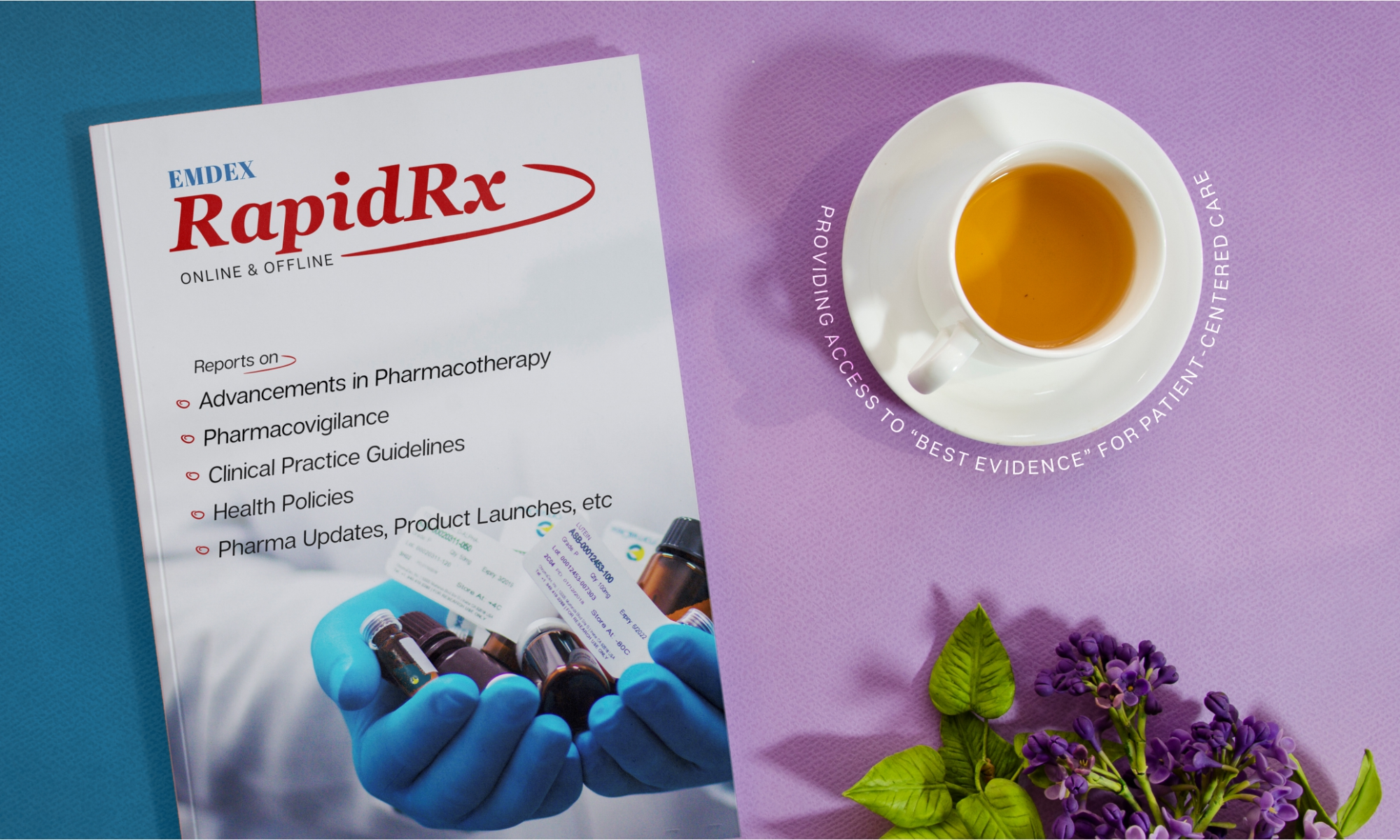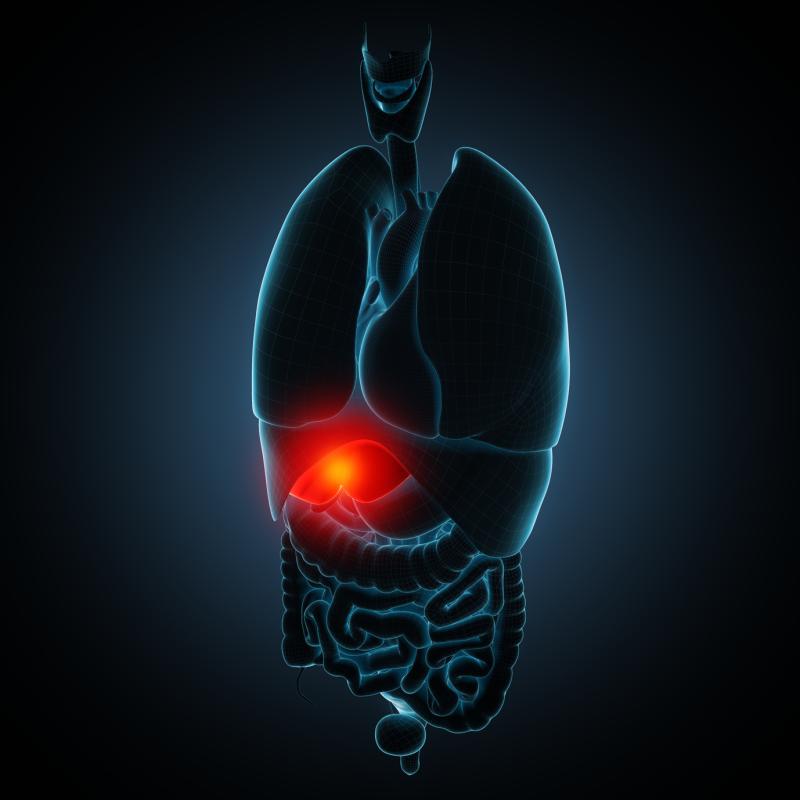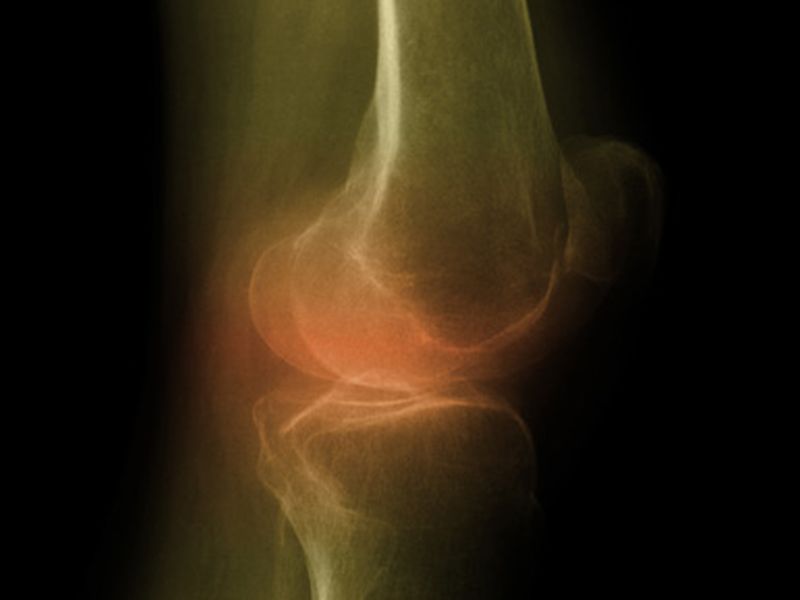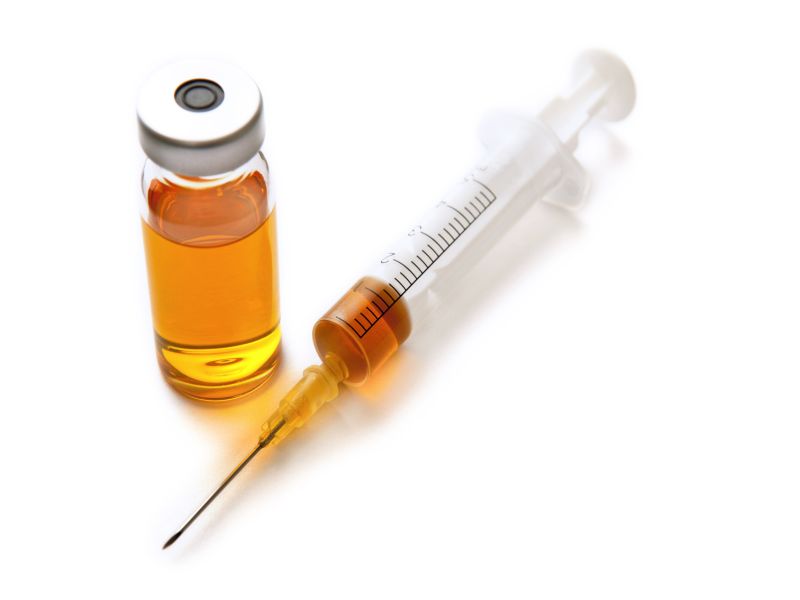15 JUN 2016
The US Food and Drug Administration (FDA) has issued a warning that high doses of the antidiarrheal medication loperamide are associated with a risk of heart problems.
The FDA says that healthcare professionals should be aware that higher-than-recommended doses can cause serious cardiac events, including QT interval prolongation, Torsades de Pointes or other ventricular arrhythmias, syncope and cardiac arrest. It also encourages them to consider loperamide, also known by the brand name Imodium, as a possible cause of unexplained cardiac events.
Additionally, the US medicines regulator warns that the risk of serious heart problems can be increased by interactions between loperamide and other drugs, such as some antibiotics and antifungals.
A recent article in the Annals of Emergency Medicine[1] (online, 29 April 2016) highlighted a growing issue of loperamide abuse by people with opioid addiction. The drug, an opioid agonist, has no central nervous system effects at therapeutic doses, but at higher doses might induce euphoria.
The paper outlined two cases where patients had died after using supratherapeutic doses of the drug to manage symptoms of opioid withdrawal. Some people also use loperamide to attempt to self-treat opioid addiction, the authors say.
The FDA says that most reported cases of serious heart problems with loperamide involved doses much higher than the recommended dose. It advises healthcare professionals to counsel patients on the importance of taking only the recommended dose and the risk of cardiac adverse events, as well as potential drug interactions.
Loperamide has been authorised for use in the UK since 1975.
A spokesperson for the Medicines and Healthcare products Regulatory Agency, the UK medicines regulator, says: “We are aware of the safety warning issued by the FDA about the abuse and misuse of loperamide (Imodium). We will consider what implications this may have for UK public health.”



